Stonehenge and other ancient circles still baffling experts
Riddle of the rings

Mysterious circles of megaliths (large monumental stones) have intrigued us for millennia. These enigmatic and often elaborate stoneworks are scattered around the British Isles, parts of Europe, Africa and the Middle East. Some were built for ceremonial reasons, others as ancient markers or astronomical instruments, and some for burials or social gatherings. As a new discovery is unearthed concerning Stonehenge in the UK, we take a look at the mysteries behind these stone structures.
Avebury, Wiltshire, England

The vast and rich henge monument of Avebury – a complex of Neolithic and Bronze Age ceremonial sites – contains three stone circles, one of which is the largest in all of Europe. Its main outer megalithic circle measures more than 1,000 feet (300m) across and originally consisted of around 100 standing stones. It encloses two smaller circles. The southern circle focused on a central point, the great Obelisk, which was removed in the 18th century. It would have been the largest stone in the circle at 21 foot (6.4m) high.
Durrington shafts, Wiltshire, England

A circle of vast prehistoric shafts has been discovered just under two miles (3.2km) from Stonehenge. The 20 shafts – more than 33 feet (10m) in diameter and 16.4 feet (5m) deep – seem to have been designed to create a circle around Durrington Walls henge (pictured here) and Woodhenge, another smaller prehistoric circle to the south. Radiocarbon dating revealed the shafts are 4,500 years old and from the Neolithic period. It's likely the same people who constructed Stonehenge built the shafts at Durrington Walls, now the largest prehistoric site discovered to date in the UK.
Castlerigg Stone Circle, Cumbria, England
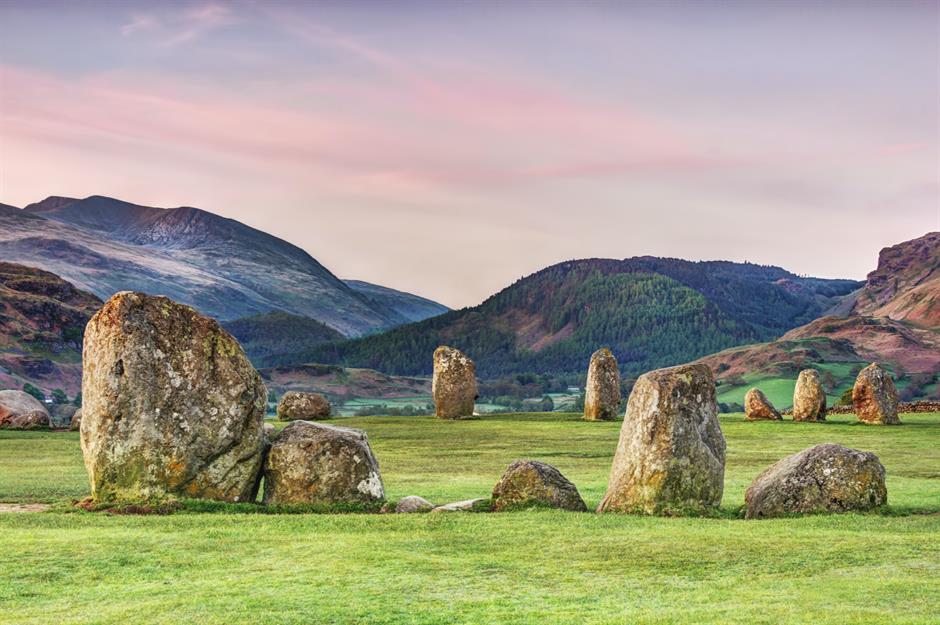
Swinside Stone Circle, Cumbria, England
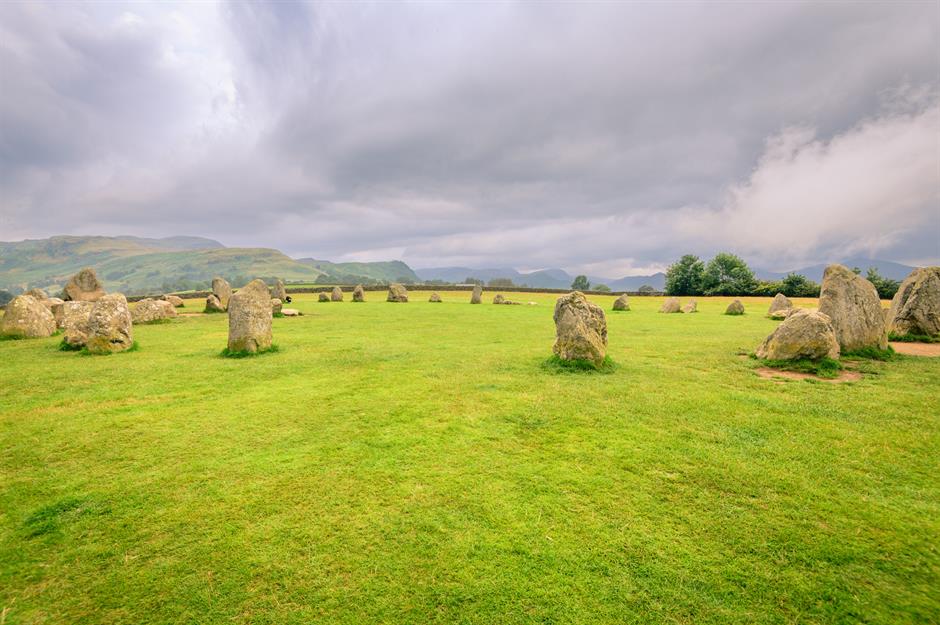
Twelve Apostles, Yorkshire, England
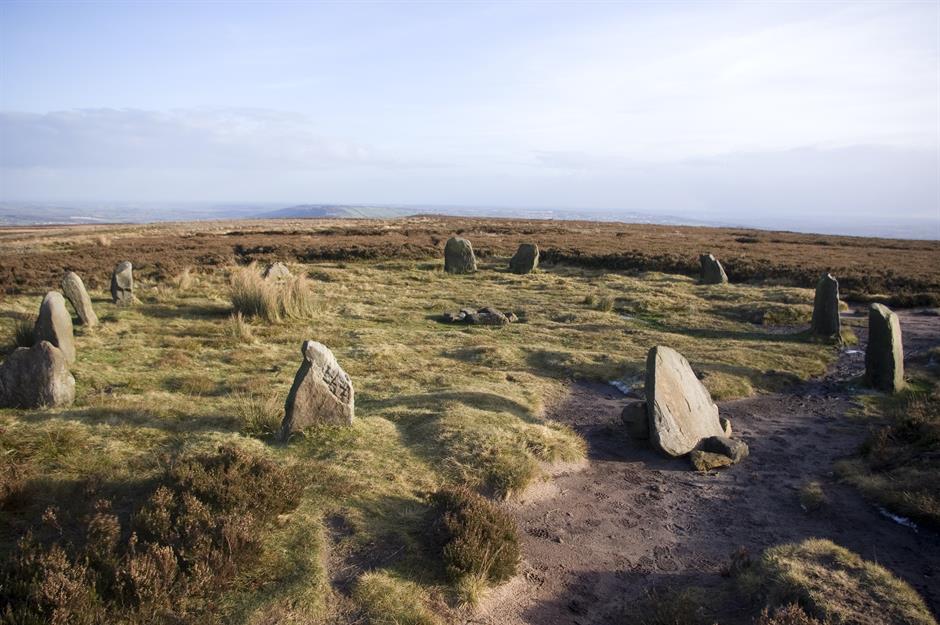
Clava Cairns, Inverness-shire, Scotland
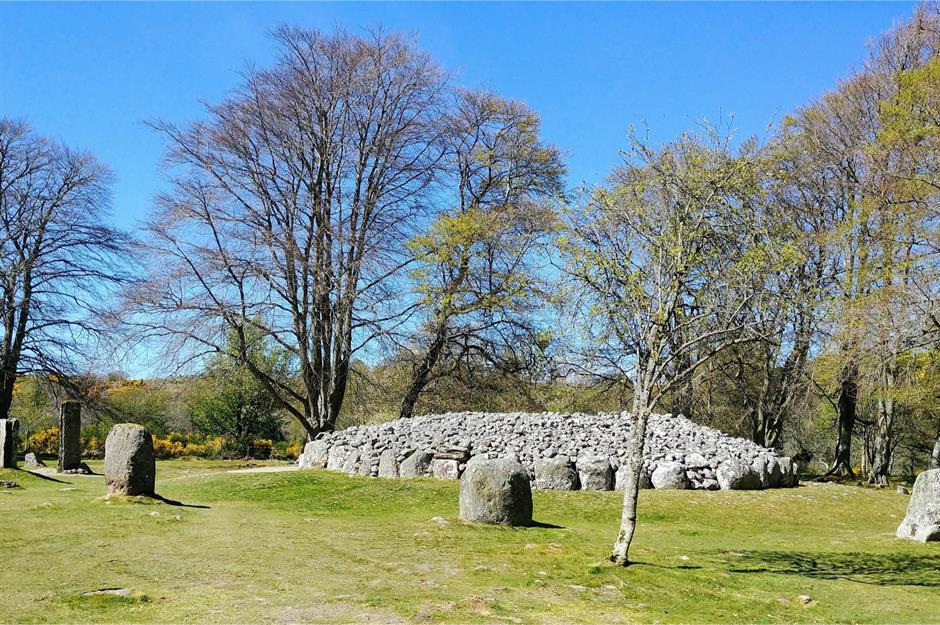
Stones of Stenness Circle and Henge, Orkney, Scotland
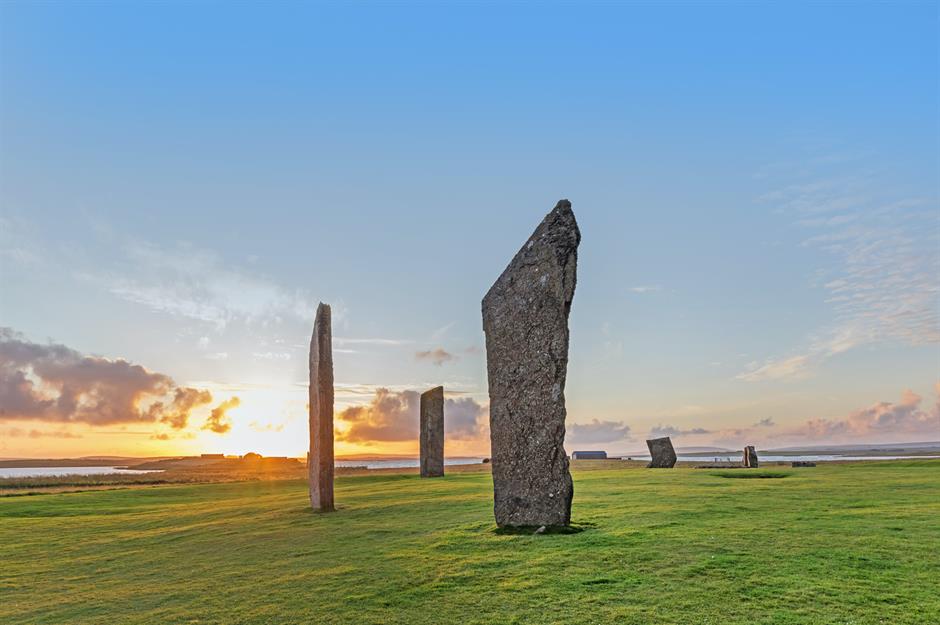
The ring-like structure of the Stones of Stenness Circle on the West Mainland of Orkney is even older than Stonehenge. Part of the Heart of Neolithic Orkney World Heritage Site, the 12 tall stones were erected here some time between 3000 and 2500 BC. Sadly only four of the 12 remain in situ but at nearly 20 foot (6m) high they still make a mighty powerful impression.
Ring of Brodgar, Orkney, Scotland
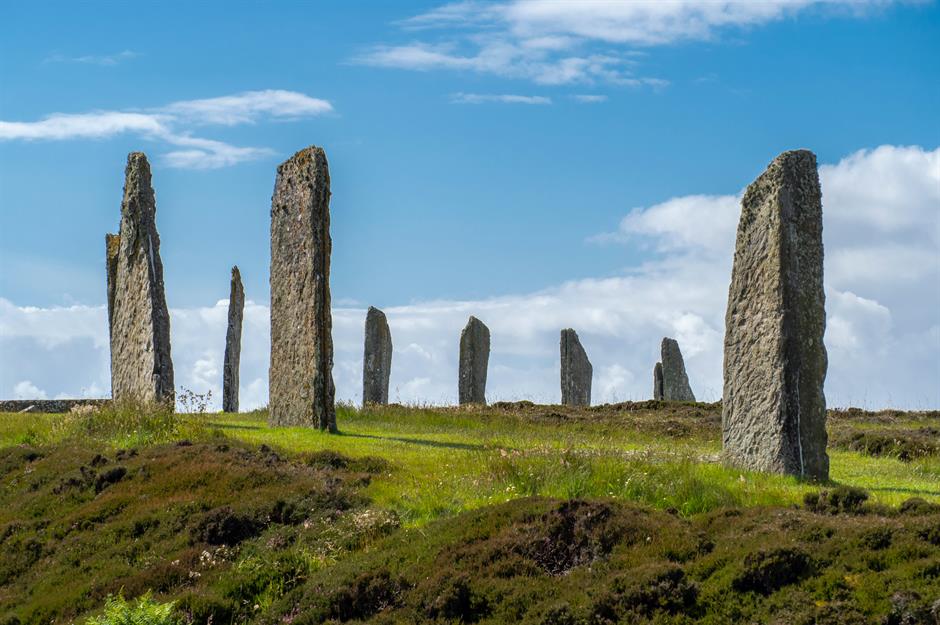
Another of Orkney’s archeological sites, the Ring of Brodgar is an area of great ritual significance and mystery. Also located on Orkney’s largest island West Mainland, the vast circle of towering stones (of which 27 of the original 60 stones remain) were built around 2500 to 2000 BC. According to local legend, it was a religious shrine and place of ritual. Others believe the ring was built for the astronomical observations.
Love this? Follow our Facebook page for more travel news and inspiration
Filitosa, Corsica, France
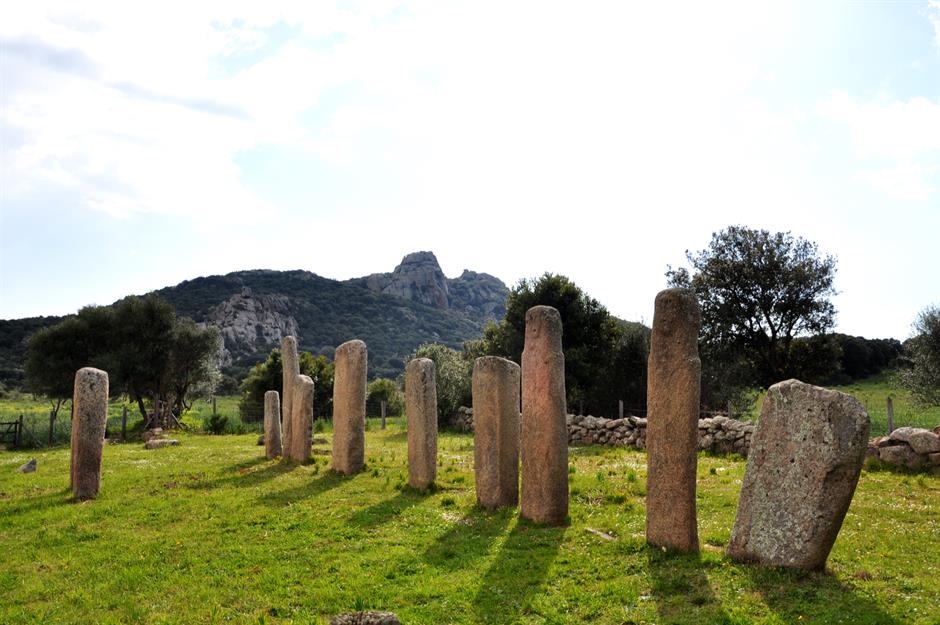
The granite menhirs (standing stones) of prehistoric site Filitosa, found among the hills and olive trees of the Taravo Valley, are full of mysteries. The oldest date back to 4000 BC, some later carved with human features. One group of menhirs encircles the base of an ancient olive tree. The incredible complex, which includes prehistoric towers and stone houses, was only unearthed in 1948. You can usually find out more about the megalithic site at its insightful museum.
Moel Tŷ Uchaf, Denbighshire, Wales
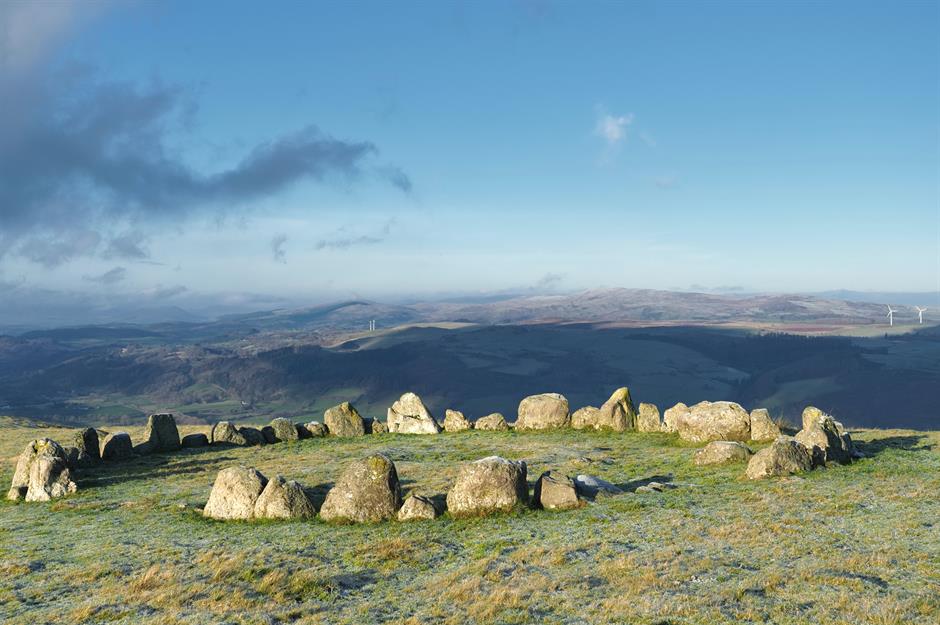
Nine Ladies Stone Circle, Derbyshire, England
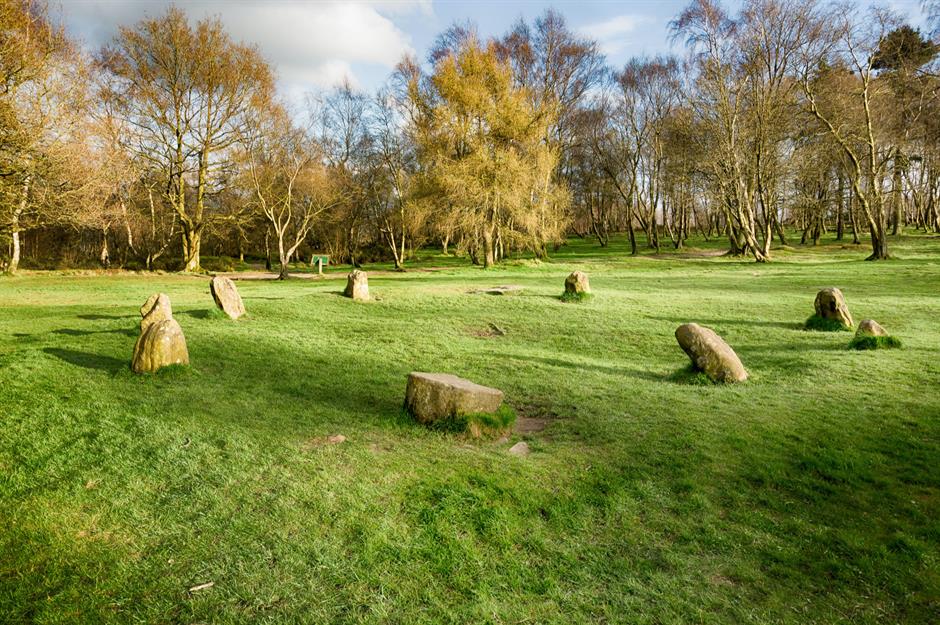
Drombeg Stone Circle, County Cork, Ireland
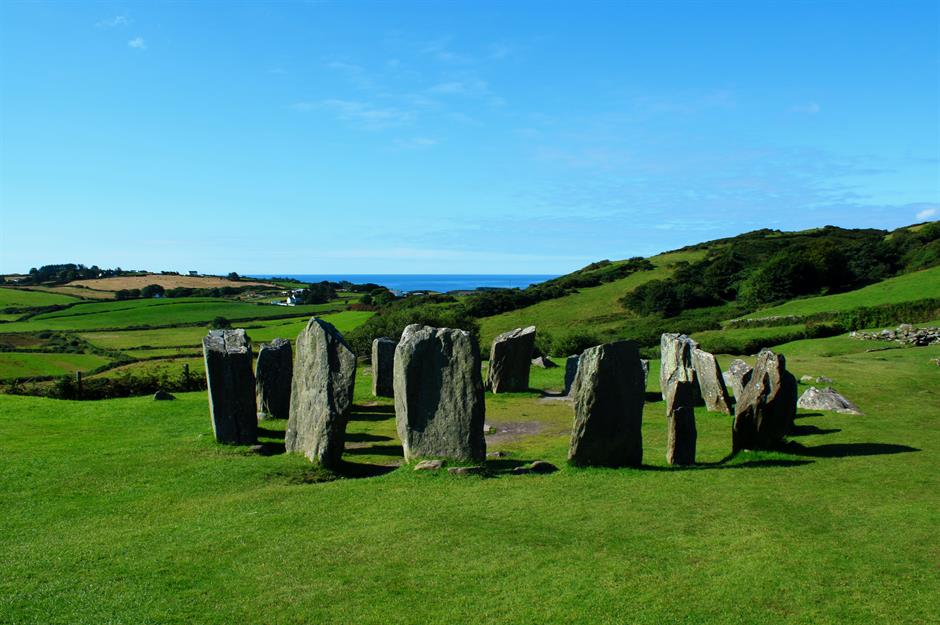
Machrie Moor, Isle of Arran, Scotland
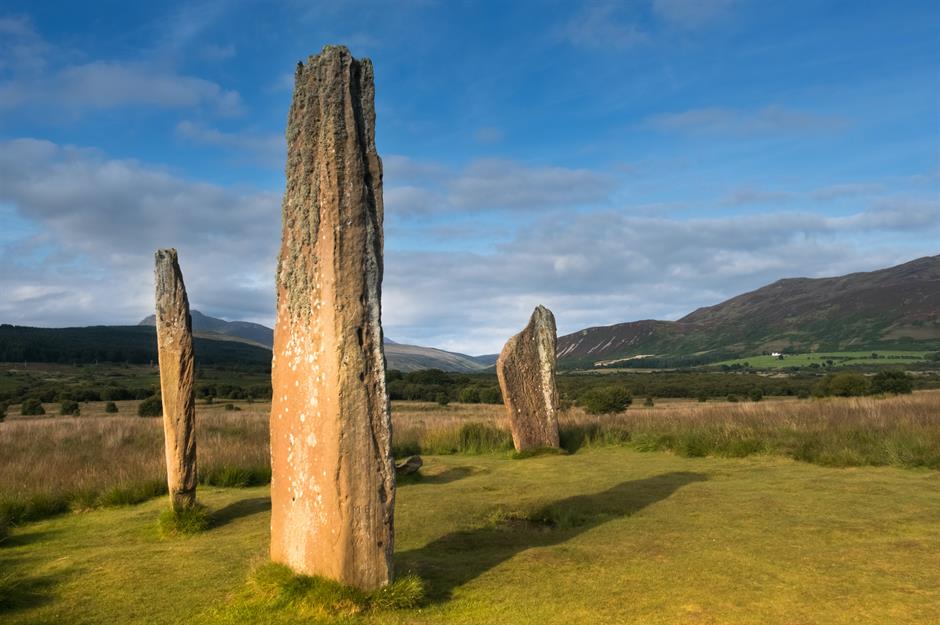
The brooding moorland in the west of Arran might look desolate but it holds untold secrets of the isle’s fascinating past. The rich archeological landscape boasts a number of prehistoric monuments including various stone circles, standing stones, burial cairns and cists, along with hut circles and an extensive field system, that date back to between 3500 and 1500 BC. The circles were erected in about 2000 BC but archeologists have found these were preceded by timber circles. The stones circles were built later on exactly the same sites as the wood.
Duddo Five Stones, Northumberland, England
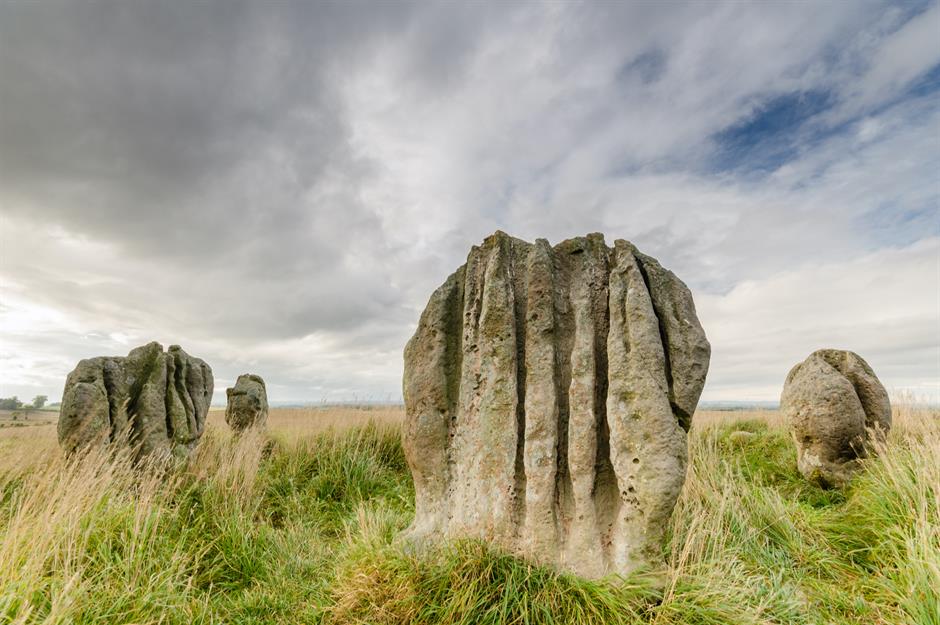
Crowning a large knoll and surrounded by fields just near the border with Scotland, this rough circle of five standing stones was constructed around 4,000 years ago. The weathered sandstone rocks certainly look their age. It’s thought there were originally six megaliths in the monument, which encircled a central pit, where archeologists found remnants of charcoal and bone.
See what the Seven Wonders of the Ancient World would look like today
Dolmen of Guadalperal, Extremadura, Spain
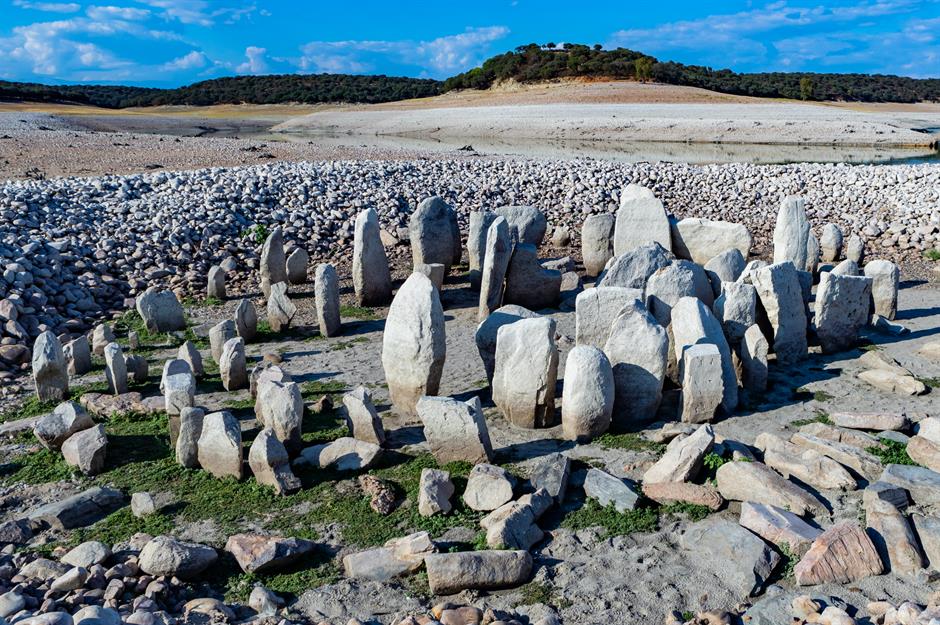
Bryn Cader Faner, Snowdonia, Wales
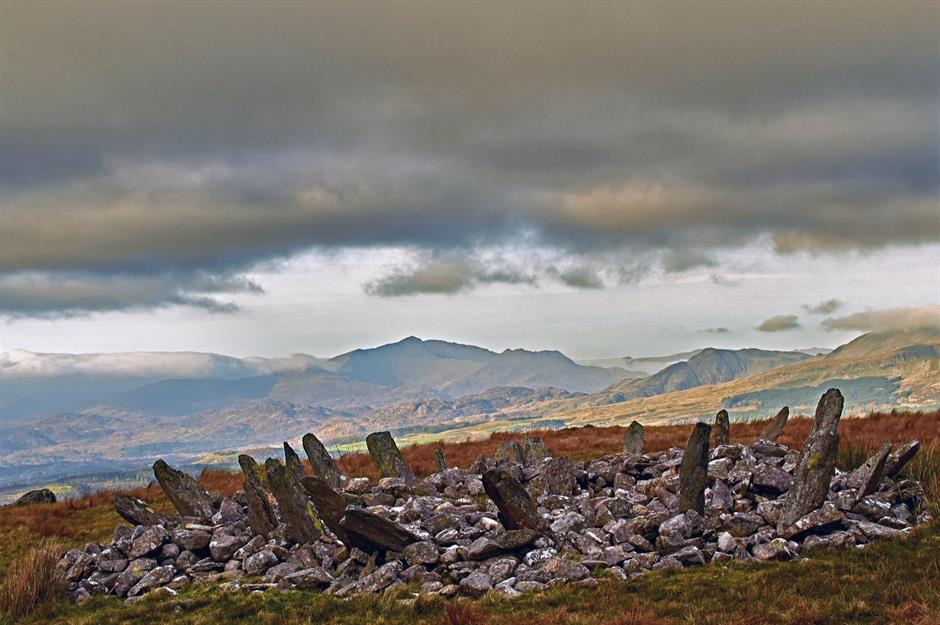
The Bronze Age ring cairn of Bryn Cader Faner would once have marked a burial site. With its name translating as “the hill crowned with the throne of the flag jagged slate”, the spiky structure is an arresting sight amid a lonely patch of moorland in the brooding hills of Snowdonia. The 4,000-year-old formation has around 15 long, thin stone slabs of slate that lean outwards, reminiscent of a crown of thorns.
Long Meg and her Daughters, Cumbria, England

The second largest stone circle in England, Long Meg and Her Daughters has 69 stones with a diameter of about 350 feet (106m). Long Meg, the largest of the megaliths, sits apart from the circle and bears three mysterious symbols. The sacred site, thought to date to 1500 BC, lies near Penrith in Cumbria. It was likely constructed as a meeting place or used for spiritual ceremonies. Local legend has it that Long Meg was a witch who was turned to stone for dancing on the Sabbath along with her pagan daughters.
Carnac Stones, Brittany, France
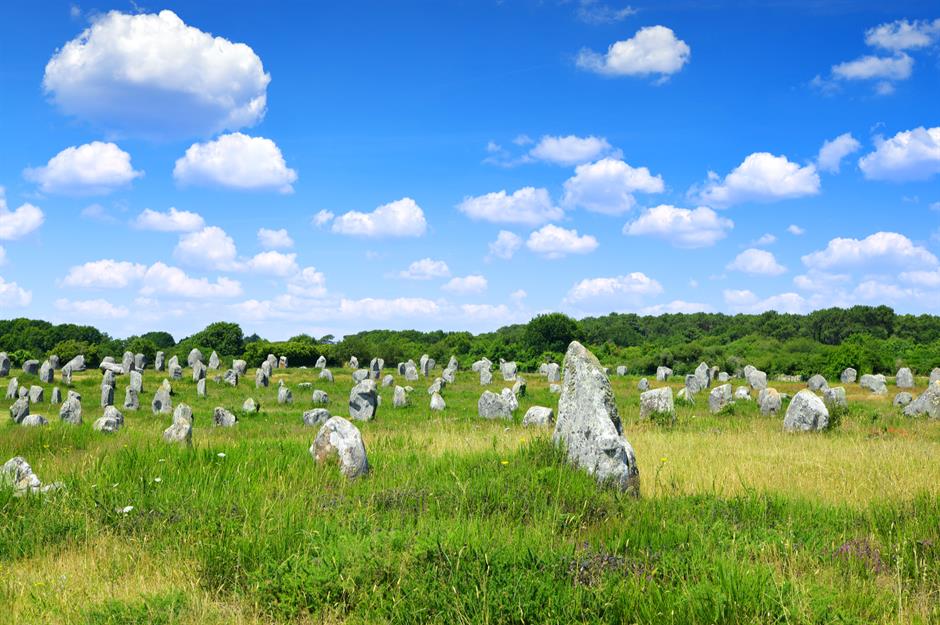
The Carnac Stones or Carnac Alignments in northern France is the largest megalithic site ever found. Built by pre-Celtic inhabitants of Brittany between 5000 and 2000 BC, nearly 3,000 ancient menhirs stand in rows while other types of megaliths are arranged in clusters. The main group has 12 converging rows of standing stones, stretching over half a mile (1km) with the remains of a stone circle at either end. Shrouded in mystery, local legend refers to them as a stone army while historians believe the site was of great ceremonial and religious significance to its creators.
Deer stones, Mongolia
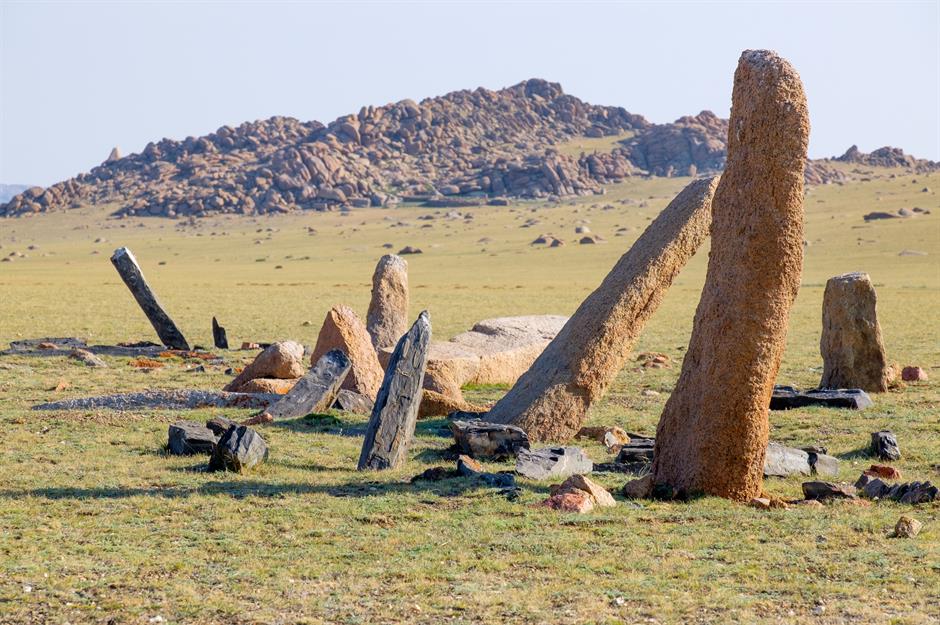
Stone Circles at Odry, Poland
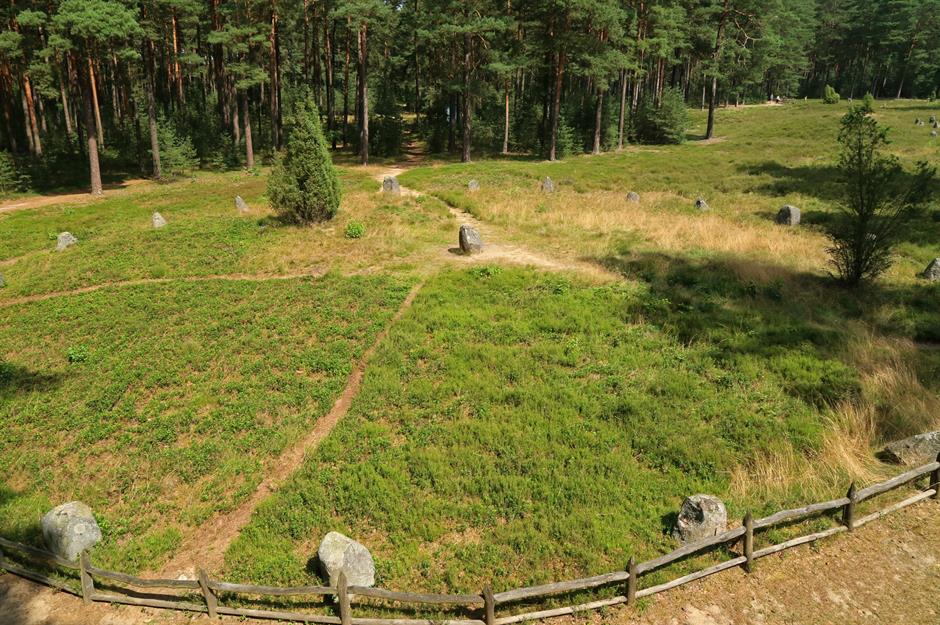
Deep in a thick forest in central Poland, the Iron Age rings of Odry are a beautiful oddity. No one is certain exactly when or why they were built and they have long been shrouded in local legends and witchcraft, but four of the stone circles are connected to solstices. With at least 602 Neolithic burial sites and Europe’s second largest collection of circles, it's a significant site for historians studying the Wielbark culture in Pomerania, a historic region that covers parts of Poland and eastern Germany.
Cromlech of Oianleku, Basque Country, Spain
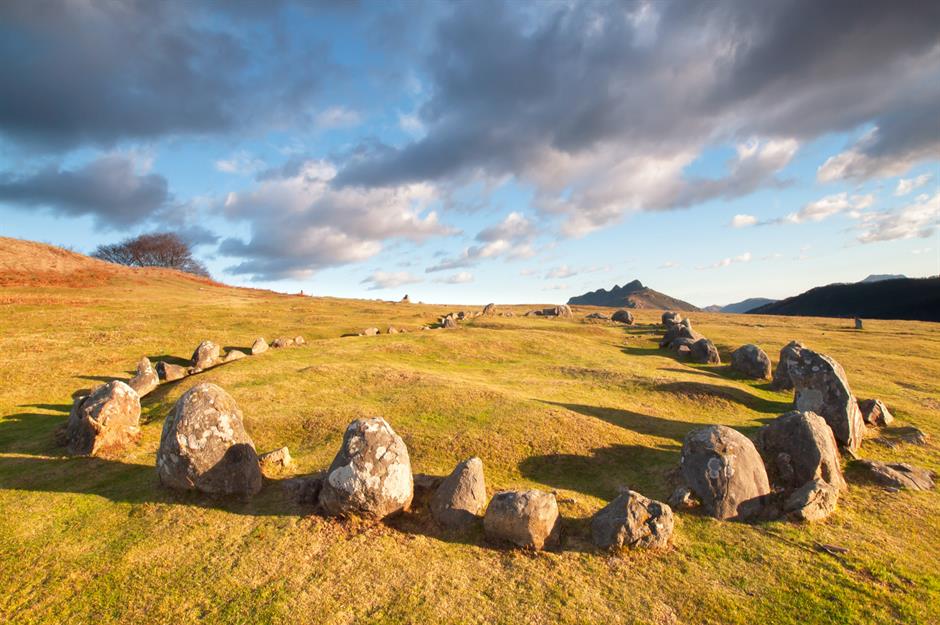
At the foothills of the Pyrenees in the eastern part of the province of Guipúzcoa, the Aiako Harria Natural Park is a place of great beauty. And the ancient granite massif is a hotbed of remains from prehistoric cultures too. There are age-old dolmens, burial mounds and cromlechs (stone circles) – remnants of funeral rituals practised by the Neolithic peoples of this area. The Cromlech of Oianleku is a spectacular one.
Take a look at these stunning photos of Europe's best national parks
Stanton Drew, Somerset, England
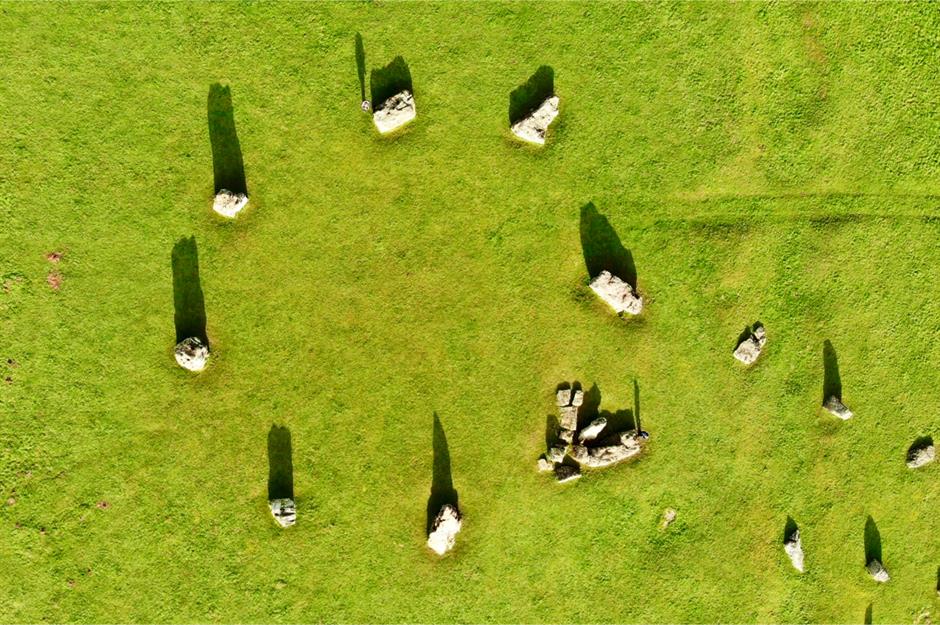
Given its scale and significance to Neolithic Britain, Stanton Drew is surprisingly little-known. The three stone circles in a small Somerset village make up the third-largest complex of prehistoric standing stones in England, dating back about 4,500 years ago. The largest of the three, the Great Circle, measures 310 feet (113m) in diameter and has 26 upright stones. It’s thought the circles were erected as part of an elaborate ceremonial monument – a geophysical survey found remains of a complex pattern of buried pits, arranged in nine concentric rings within the stone circle, and further pits at the center.
Boscawen-un, Cornwall, England
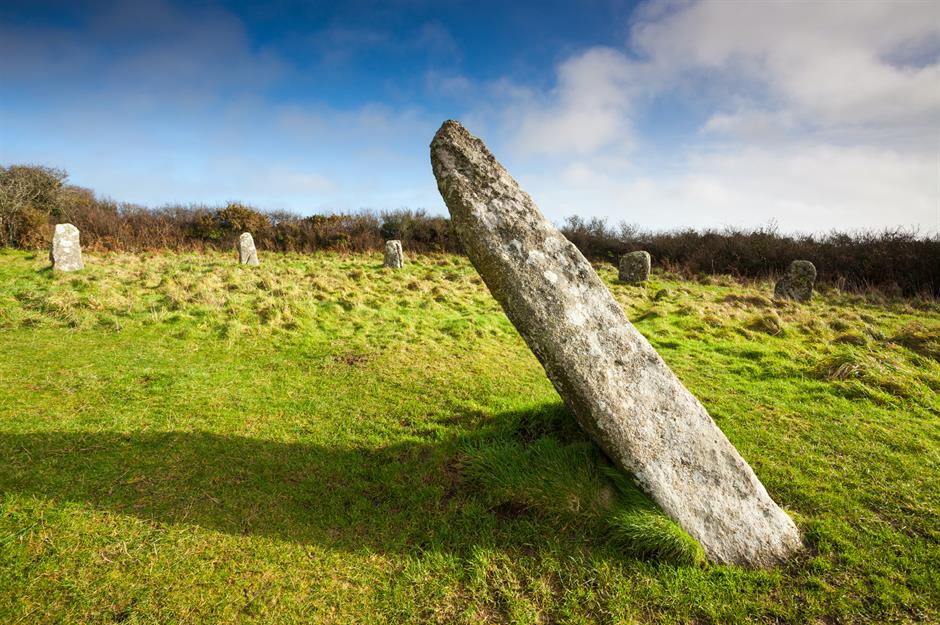
As a region steeped in myths and legend, it’s no surprise that Cornwall has its fair share of mystical stone circles. Boscawen-un, near St Buryan, is a Bronze Age ellipse circle with a striking leaning granite standing stone. It is etched with what appears to be two crude stone axes at its base and encircled by 19 other upright monoliths – all made of granite except one that is mysteriously quartz.
Learn more about Britain's most historic towns and cities here
Scorhill Stone Circle, Devon, England
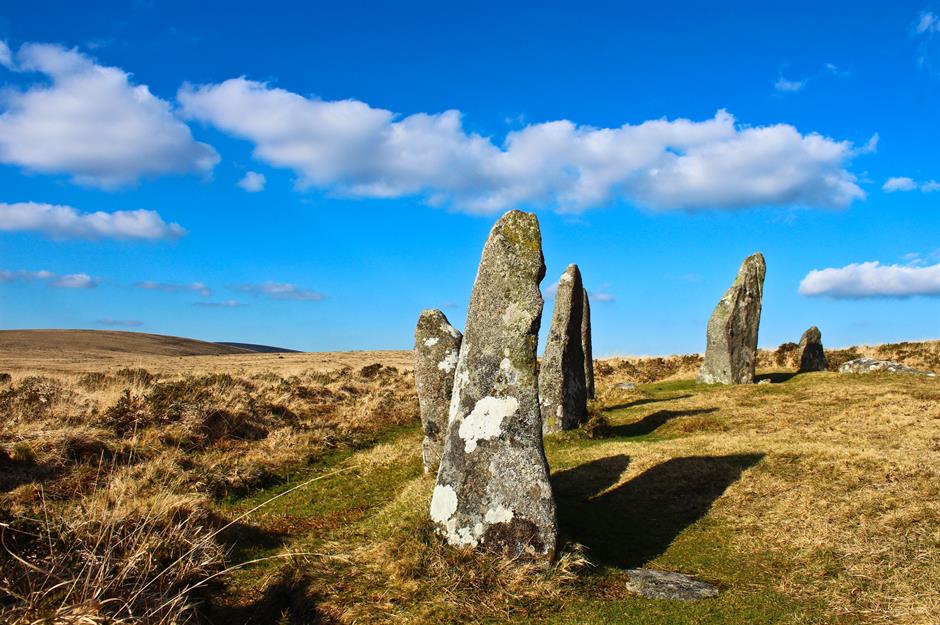
The high moorlands of Devon have some of richest Bronze Age remains in all of Britain, including many stone circles. There are 14 in the beguiling landscape of Dartmoor alone. One of which is Scorhill, a striking circle of tall granite stones on Gidleigh Common. There are 23 still standing while 11 have fallen onto moorland over the centuries. The tallest stones, which stand at over eight feet (2.5m) high, frame the sunset during the midsummer solstice, suggesting it may have been an astral timepiece.
Wassu Stone Circle, Gambia
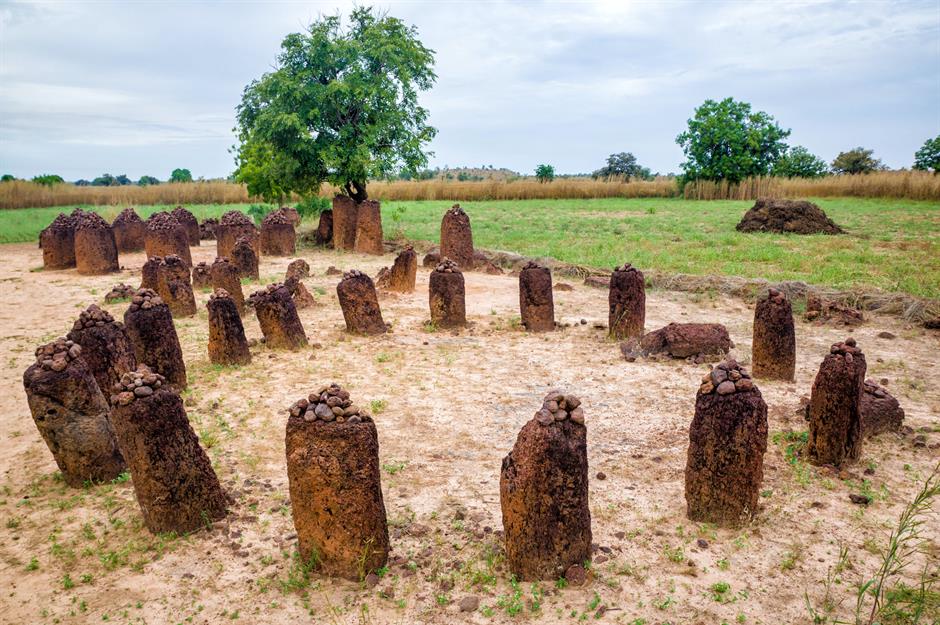
Surprisingly little is known about the origins of the large groups of stone circles that are scattered around Senegal and the Gambia. The vast sacred landscape, created over more than 1,500 years, is an UNESCO World Heritage Site known as the Stone Circles of Senegambia. It encompasses four large groups of stone circles, including the 11 ancient stone circles of Wassu which are found around the Central River Region of Gambia. Constructed by an ancient African culture, Wassu has the tallest stones and some burial remains.
Sine Ngayene, Senegal

Rujm el-Hiri, Golan Heights
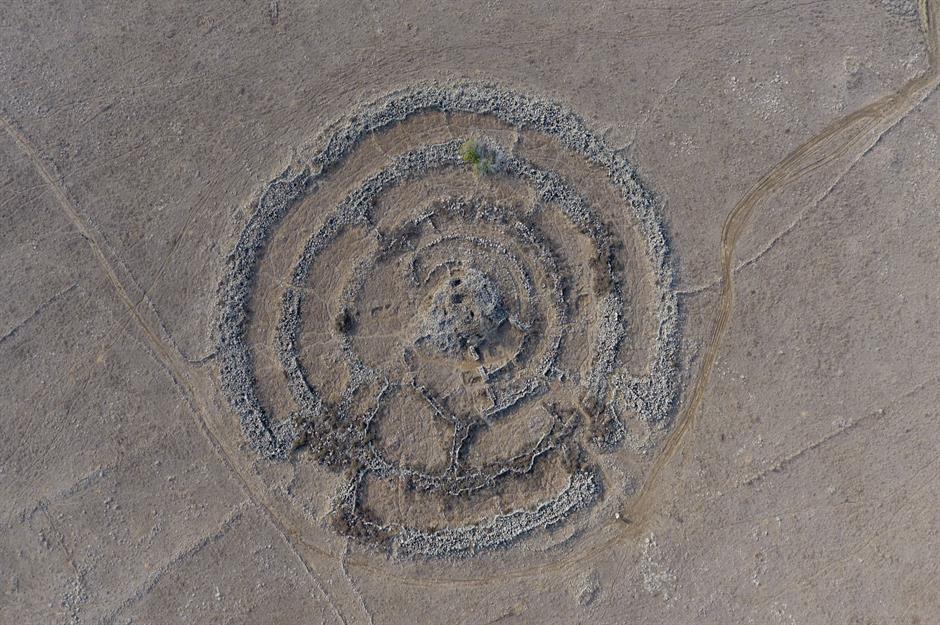
A bird’s-eye view gives you the best sense of the scale and ambition of this ancient megalith monument that lies in the Israeli-occupied portion of the Golan Heights. Consisting of a large circle of basalt rocks and four smaller concentric circles, the site was only discovered in 1967 by Israeli archeologists after the territory was captured from Syria. It’s been dated to 3000 BC but exactly who built it and why is unknown.
Take a look at these amazing worldwide wonders we've only just discovered
Maryhill Stonehenge Memorial, Washington, USA
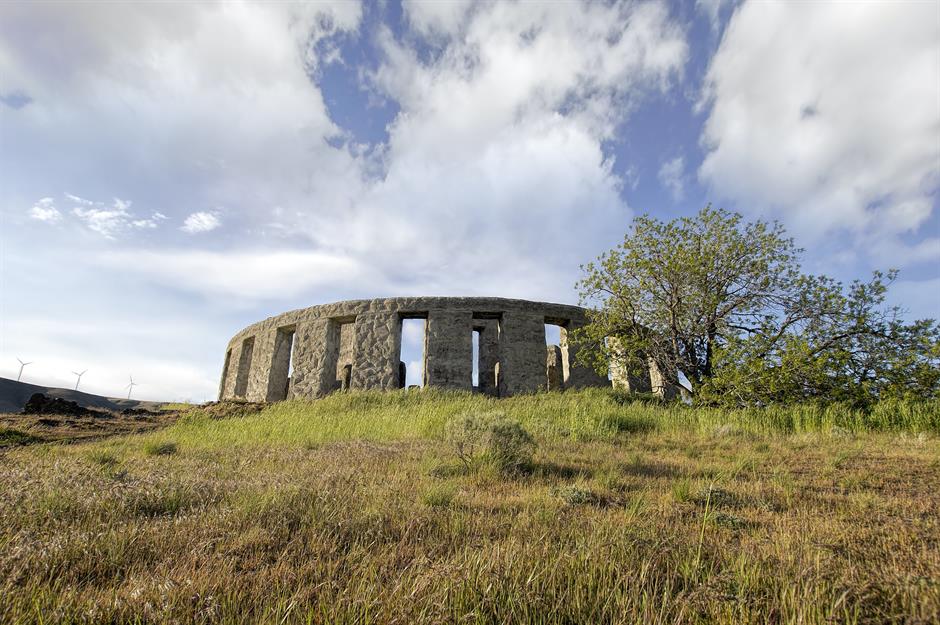
Calanais Standing Stones, Isle of Lewis, Scotland
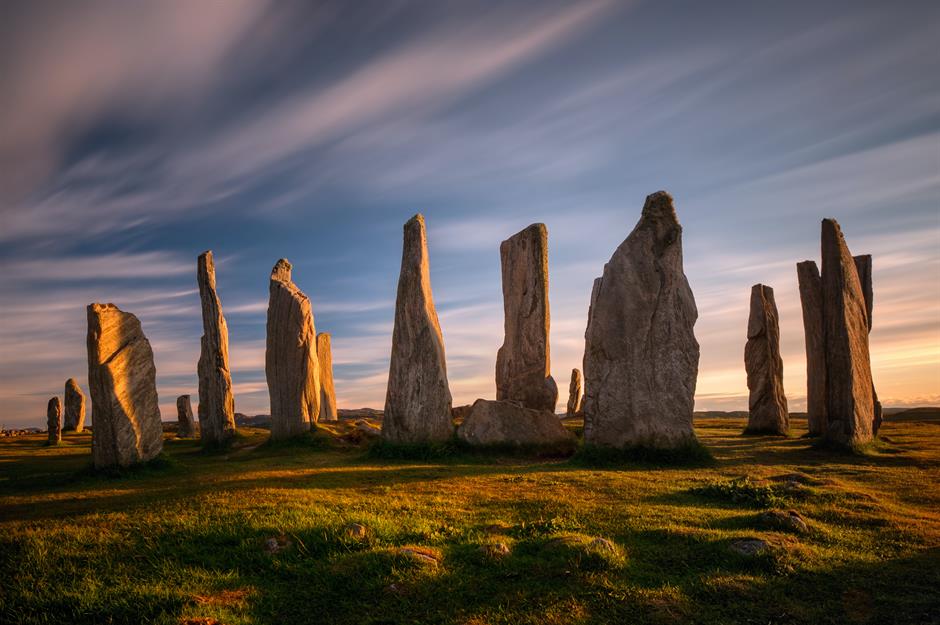
Jutting out from the earth below the brooding Hebridean sky, the Calanais Standing Stones (also known as the Callanish stones) are a majestic sight. Set on the west coast of Lewis, the most northerly island in the Outer Hebrides, the prehistoric structure is made from gneiss rock and is more than 5,000 years old. It’s thought it was used as a kind of astronomical observatory.
Stonehenge, Wiltshire, England

No matter how many times you gaze upon the mighty circle of stones rising from the Salisbury Plain, you'll always be awestruck by them. The most famous prehistoric monument in Europe, Stonehenge was erected in the late Neolithic period in around 2500 BC and is now part of an UNESCO World Heritage Site along with nearby Avebury. The mystery of how and why the enormous sarsen stones and smaller bluestones were transported all the way from Pembrokeshire and erected here has fascinated people for centuries, and now another new discovery has come to light...
Stonehenge, Wiltshire, England
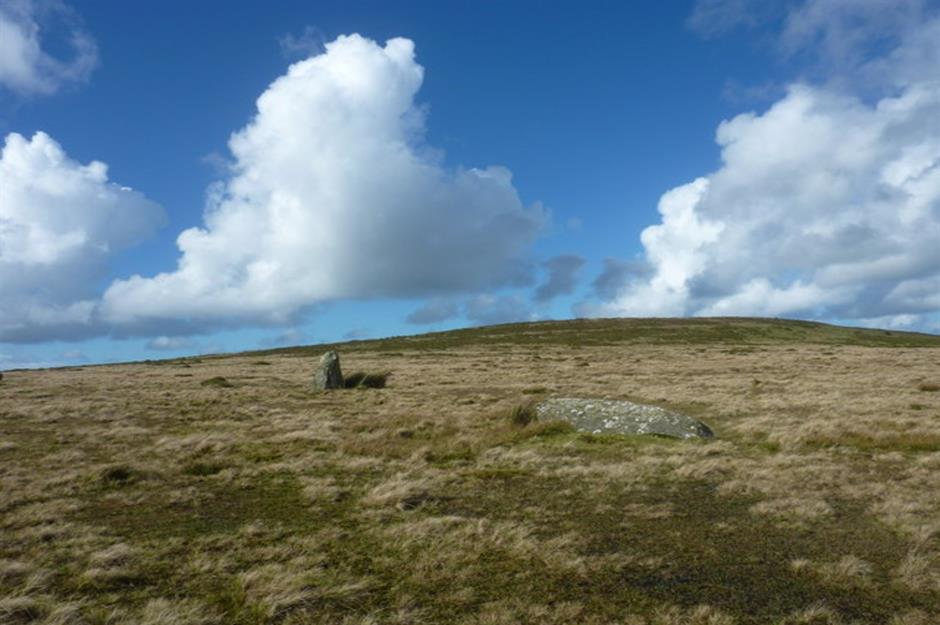
While it's widely known Stonehenge's smaller bluestones came from Wales, new evidence suggests part of the famous stone circle was first built at a site called Waun Mawn, near the Pembrokeshire Coast, before it was dismantled and rebuilt in Wiltshire. Archeologists have found the same rock type in both sites, plus a bluestone from Stonehenge that has the exact same unusual cross-section left behind in a hole at Waun Mawn, suggesting the monolith began its life as part of a stone circle in the Preseli Hills (pictured).
Now discover these new secrets about the world's ancient wonders
Comments
Be the first to comment
Do you want to comment on this article? You need to be signed in for this feature
Most Popular
Features How Michael Jackson's children boost their bank balances